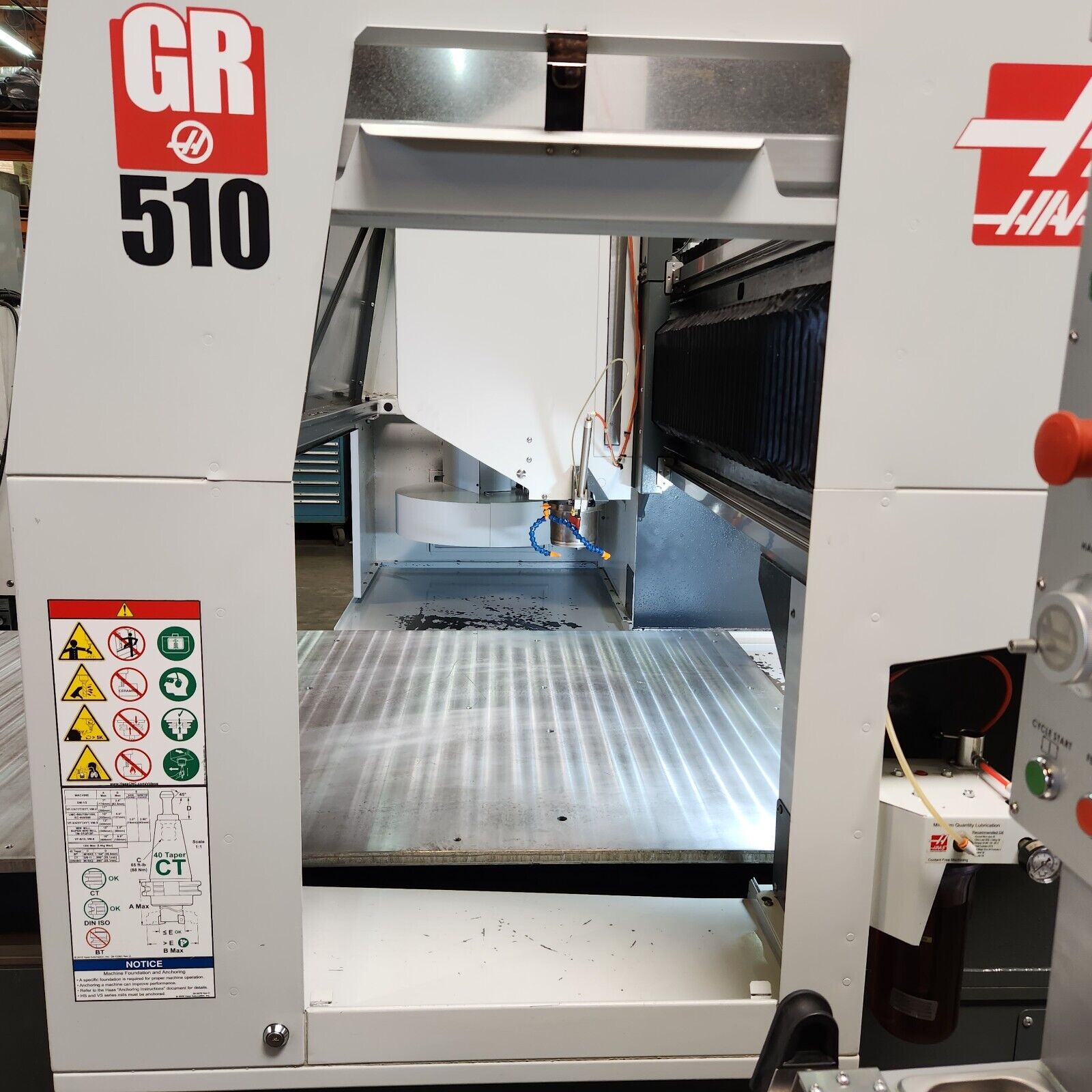23/07/2024
What are the Technical Details to be considered before buying a CNC Gantry Router Machine?
Before buying a CNC Gantry Router Machine, it is essential to consider various technical details to ensure the machine meets your specific needs and requirements. Here are 25 technical details to consider:
- Work Area Size: Ensure the machine’s work area can accommodate the size of the materials you plan to work with.
- Axis Configuration: Determine the number of axes (typically 3, 4, or 5) based on the complexity of the projects you intend to undertake.
- Spindle Power: Check the spindle power, which affects the machine’s ability to cut through various materials. Higher power is needed for harder materials.
- Spindle Speed: The range of spindle speeds can impact the quality and speed of cutting different materials.
- Drive System: Evaluate whether the machine uses ball screws, rack and pinion, or belt drives, as this affects precision and maintenance.
- Table Type: Consider whether the machine has a vacuum table, T-slot table, or a combination of both for holding materials.
- Material Compatibility: Ensure the machine can handle the types of materials you plan to use, such as wood, metal, plastic, or composites.
- Software Compatibility: Verify that the machine is compatible with the CAD/CAM software you intend to use.
- Controller Type: The type of controller (e.g., DSP, Mach3, or proprietary systems) affects ease of use and integration with your workflow.
- Precision and Accuracy: Check the machine’s precision and repeatability specifications to ensure it meets your project requirements.
- Construction Material: The machine’s frame and gantry materials (e.g., steel, aluminum) impact durability and stability.
- Speed and Feed Rates: Assess the maximum cutting speeds and feed rates to ensure efficient operation.
- Tool Change System: Consider whether the machine has an automatic tool changer (ATC) for efficiency in multi-tool projects.
- Cooling System: The spindle cooling system (air-cooled or water-cooled) affects performance and longevity.
- Dust Collection: Ensure there is an effective dust collection system to maintain a clean working environment.
- Power Requirements: Verify the machine’s power requirements to ensure compatibility with your facility’s electrical supply.
- Weight and Footprint: Consider the machine’s weight and physical dimensions to ensure it fits within your available space.
- Ease of Maintenance: Look for machines with easily accessible components for regular maintenance and repairs.
- Safety Features: Check for safety features such as emergency stop buttons, protective enclosures, and sensors.
- Warranty and Support: Review the warranty terms and the availability of technical support and spare parts.
- Load Capacity: Ensure the machine can handle the weight of the materials and fixtures you plan to use.
- Noise Levels: Consider the noise levels produced by the machine, especially if operating in a noise-sensitive environment.
- Software Upgrades: Check if the machine’s software can be easily upgraded to stay current with technological advancements.
- User Interface: The ease of use and intuitiveness of the machine’s interface can impact productivity and reduce learning curves.
- Installation and Training: Verify if the manufacturer provides installation and training services to ensure proper setup and operation.
Considering these technical details will help you select a CNC Gantry Router Machine that best fits your operational needs and enhances productivity and quality in your projects.



